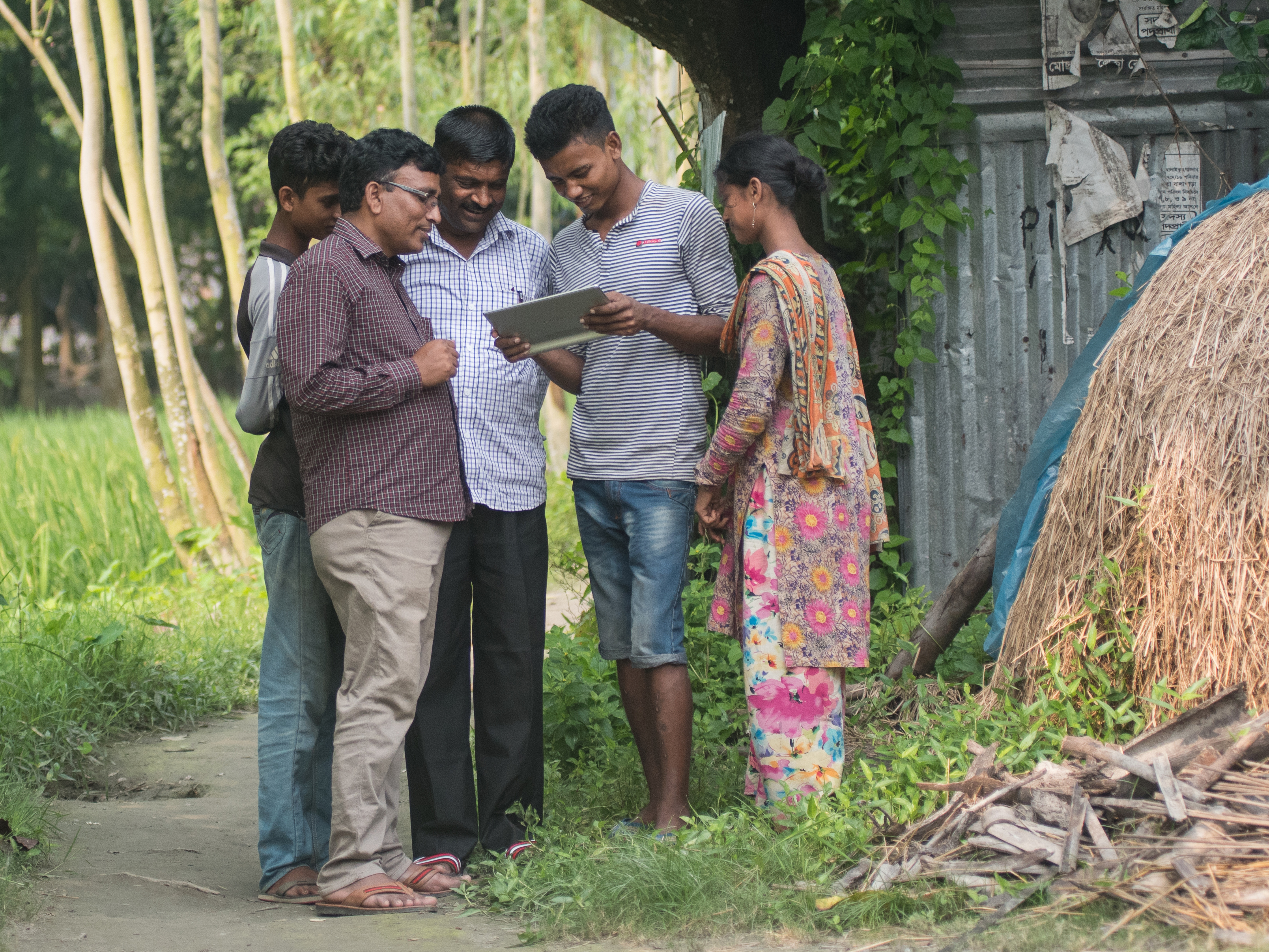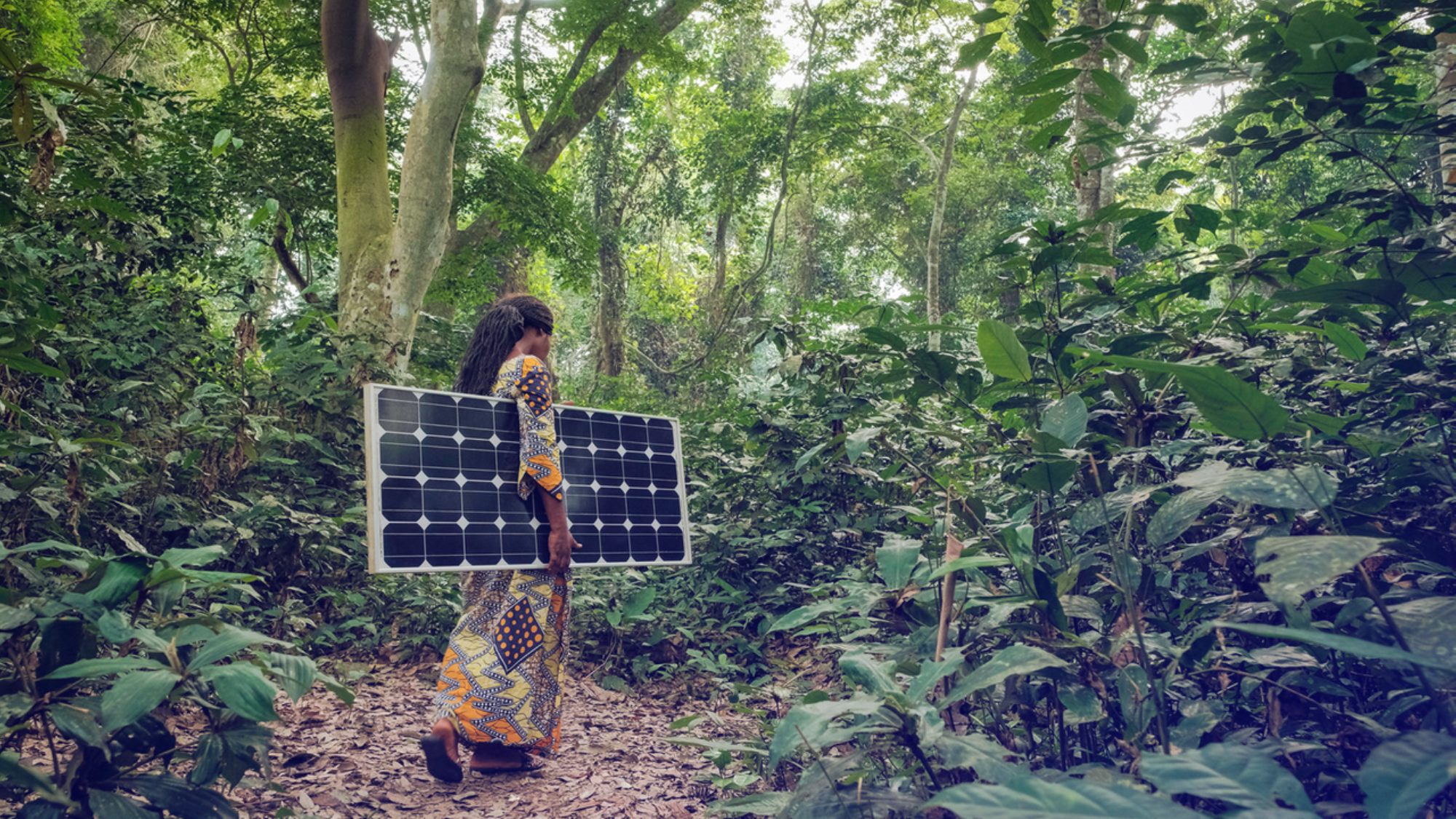Digital disruption in agriculture

The pace of digital disruption over the last two decades has been breathtaking, transforming every sector of the global economy, including agriculture.
Whether it’s ‘eye in the sky’ tools, sensors in the field or blockchains reliably tracking products across food chains, digital technologies are changing the game.
Investment Days 2018 – the FAO Investment Centre’s annual two-day knowledge-sharing event – devoted an entire day to digital agriculture.
And the digital revolution in agri-food chains was one of six panels during the recent high-level global forum on private sector investment in food and agriculture in Morocco, organized by FAO and the European Bank for Reconstruction and Development (EBRD).
The digital revolution is “moving quickly and will happen with or without us, so we’d better be in,” said Carlo Bravi, an FAO senior economist.
More accurate decision-making
One big trend changing agriculture is precision agriculture.
By using diverse technologies – smartphones, GPS, satellite imagery, big data, artificial intelligence, the Internet of Things – farmers can optimize crop growth and farm productivity.
Energy-efficient, low-cost wireless sensor networks can send data on everything from the soil content of several hectares of field crops to timely and tailored messages on livestock health and milk production.
This information allows farmers to make better decisions – how much fertilizer to apply, when and where to use pesticide, when to change a cow’s diet, when to harvest – to boost productivity and incomes.

Photo of a woman carrying a solar panel in Congo by Axel Fassio/CIFOR (CC BY-NC-ND 2.0)
Greater efficiency and transparency
Block chain – a cheaper, safer and faster way to transmit data and send money – is another interesting technology gaining steam in agriculture.
It is a decentralized, immutable digital ledger that records all transactions, leading to greater efficiency and transparency along supply chains.
It can improve traceability, providing the type of farm-to-table information that consumers increasingly demand.
And if a product needs to be recalled, it can be traced back in a matter of seconds, saving big retail operations millions of dollars and reassuring consumers that food safety is being dealt with swiftly.
The use of block chains together with precision agriculture can create ‘smart contracts’ between farmers and suppliers and retailers.
“It’s essentially machines talking to machines and automatically executing contracts and payments after letting all parties know when the maize, for example, has been shipped, if the moisture content is correct, and so on,” Bravi said.
That level of transparency and traceability can help prevent contracts from being breached and ensure that farmers are paid on time.
“It’s like giving instructions to the bank to pay your bills,” Bravi added.
Technology transfer
One challenge for organizations like FAO is to understand the relevance and benefits of these technologies for small-scale producers.
Are the technologies constructive, leading to greater productivity, higher incomes and greener, more efficient and inclusive supply chains? Or are they inadvertently widening the digital divide?
Another challenge is transferring these technologies to farming communities on a massive scale. Digital technologies have taken root in agriculture for some time, yet the industry is one of the least digitized, and it is still difficult to find a digital agriculture expert. What’s keeping small-scale farmers from adopting these technologies over the long run?
This is the type of knowledge needed to assist governments in identifying the necessary policies, regulations, incentive frameworks and capacity development to facilitate technology uptake.

Source: FAO-ITU e-agriculture strategy guide.
Speaking at Investment Days 2018, Gerard Sylvester, a knowledge and information management officer from FAO’s regional office for Asia and the Pacific, said that many innovations have not moved into the mainstream because “we haven’t paid enough attention to the basic building blocks needed to sustain them” and to make sure small farmers aren’t left behind.
That means everything from infrastructure requirements, interoperability, policies and regulations, to digital literacy and the gender digital divide.
On board
FAO is working with partners like the World Bank and the EBRD to take stock of promising digital technologies in agriculture and to understand the opportunities and challenges for the public and private sectors.
FAO and the EBRD will carry out studies on the dairy supply chain in Kazakhstan, the grain supply chain in Ukraine and the horticulture supply chain in Turkey – scouting out available digital technologies to invest in to improve efficiency, productivity and profitability throughout the entire chains, with a strong focus on inclusiveness.
In Morocco, FAO and the World Bank will soon begin designing a project on digital technologies that can help the country adapt to climate change.
And new requests keep coming in, Bravi said, including from the Inter-American Development Bank for studies on climate smart digital technologies for Uruguay and Honduras.
“I’m impressed by how quickly we get requests for assistance once we explain what digital technologies can do for agriculture and rural development. Sometimes it’s a matter of days,” he said.
One thing is clear, digital technologies are rapidly changing the way we feed the world.
